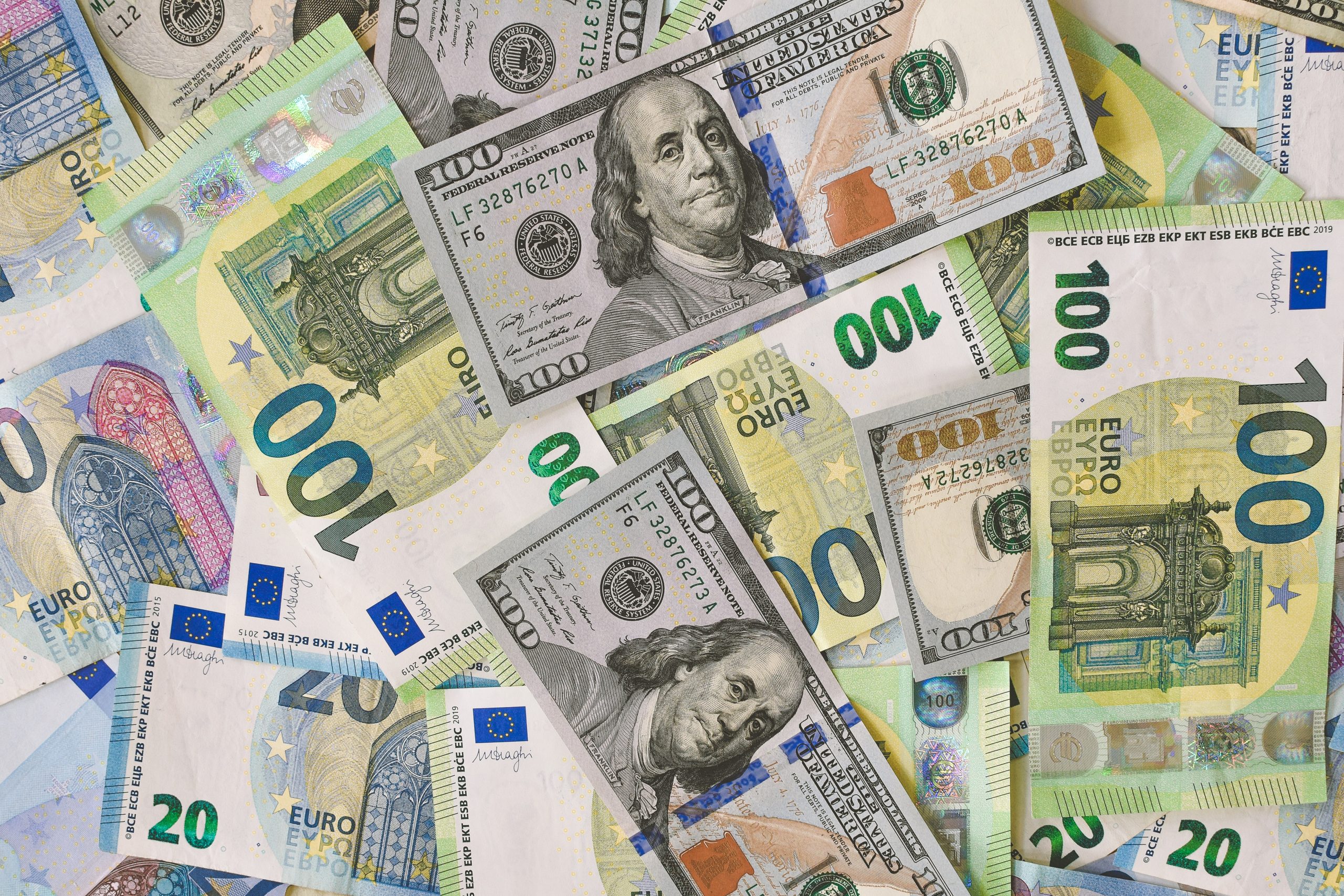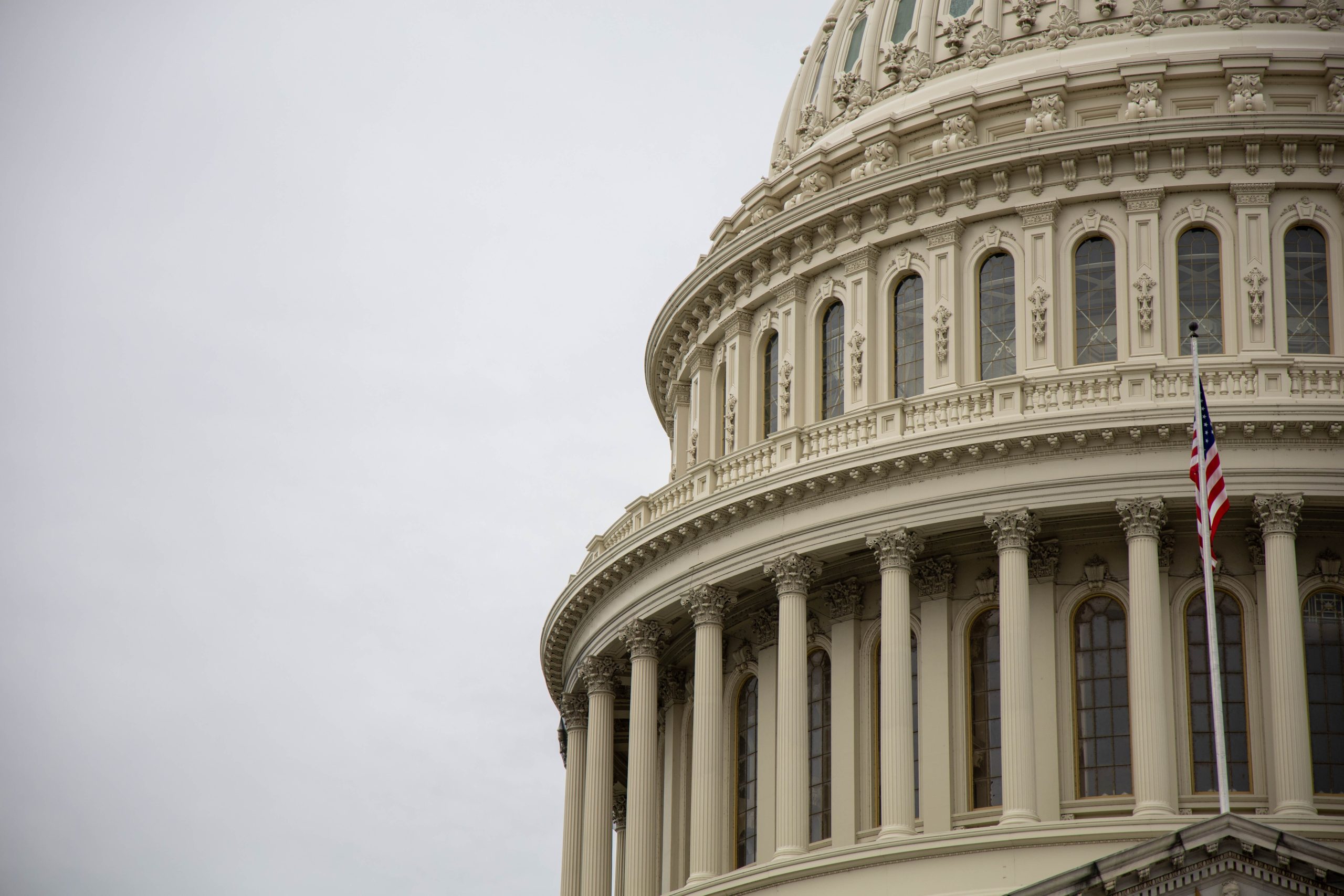Disney is known for its magical stories that captivate audiences of all ages. But what happens when a Disney executive steps into the world of finance and becomes a key player in one of the most high-profile activist campaigns in recent memory? This is exactly what happened with Kevin Mayer, who left his position as chairman of Disney’s direct-to-consumer division to join hedge fund billionaire Nelson Peltz’s Trian Fund Management. In this blog post, we’ll explore how Mayer became such an integral part of Peltz’s plan and how he used his entertainment industry expertise to help shape the future direction of some major companies. Get ready for a tale as captivating as any classic Disney story!
Gary O’Connor: Disney’s Chief Operating Officer
Gary O’Connor, Disney’s Chief Operating Officer, is the link between management and the workforce. He oversees all aspects of day-to-day operations at the company from property management to marketing and sales. O’Connor joined Disney in 1983 after a successful tenure at Procter & Gamble where he was responsible for global product development and marketing. He has played a major role in several key Disney acquisitions including Miramax and ABC. In 2006, he was promoted to Vice Chairman of The Walt Disney Company where he served as the primary liaison between senior management and the rank-and-file employees. With more than 30 years of experience in the entertainment industry, O’Connor is an important voice at Disney, helping to keep businesses afloat during difficult times while also cultivating creativity and innovation.
How Nelson Peltz Took Over a Major Company
In 2012, Nelson Peltz took over a major company with a unique plan. He wanted to buy the company and then sell it off piece by piece. This was a very different approach for the corporate world, and some people didn’t believe it would work. However, Peltz was able to pull it off and now owns several major companies. Here’s how he did it.
Gary O’Connor’s Plan to Take Disney Private
Gary O’Connor is the executive vice president and business strategy officer at The Walt Disney Company. He has been with the company for over 30 years, during which time he has played a critical role in the development of Disney’s global business strategy. In early 2016, O’Connor came up with a plan to take Disney private, and he has since become one of the key players in Nelson Peltz’s attempts to buy the company.
O’Connor’s plan is based on the idea that Disney can achieve much greater profitability by separating its operating divisions into two separate companies: one focused on creative content (including movies, television shows, and theme parks), and another focused on distributing and marketing these products around the world. This would allow Disney to pursue strategic acquisitions and focus on developing new brands rather than simply purchasing existing ones.
While there are many obstacles facing O’Connor’s plan (most notably regulatory hurdles), he remains convinced that it is the best way for Disney to continue thriving into the future. If successful, this would be one of the largest corporate mergers in history, and it would leave a lasting legacy at one of the world’s most iconic companies.
The Pros and Cons of Taking a Company Private
The Pros and Cons of Taking a Company Private
There are pros and cons to taking a company private, as with any decision. On the pro side, insiders may be able to take advantage of stock options or other benefits unavailable to the public. Additionally, a company that is taken private may have greater flexibility to make strategic decisions without having to worry about Wall Street analysts and the public reaction.
However, if the company is not performing well, going private can lead to even more pressure from shareholders who are looking for immediate results. Furthermore, if the company is leveraged heavily or has high debt levels, going private could lead to even more problems. Finally, if management is not able to successfully navigate through a difficult period after going private, the company could face bankruptcy or be sold at a low price to another bidder who may not have been as supportive of its original vision.
Conclusion
Nelson Peltz has always been a powerful businessman, but he really came into his own in the 1990s when he started to buy up companies. In 1994, he acquired H&R Block and later sold it for $1.5 billion. Throughout the years, Peltz has made a number of big moves that have helped him become one of the richest men in America. In this article, we explore how Peltz became so successful and what role Disney played in his plan. We learn about Peltz’s initial investment in Disney and how it turned out; we also take a look at how Nelson Peltz’s relationship with Michael Eisner changed over time. It is clear that Disney was an important part of Nelson Peltz’s success story, and his growth as a businessman would not have been possible without it.










